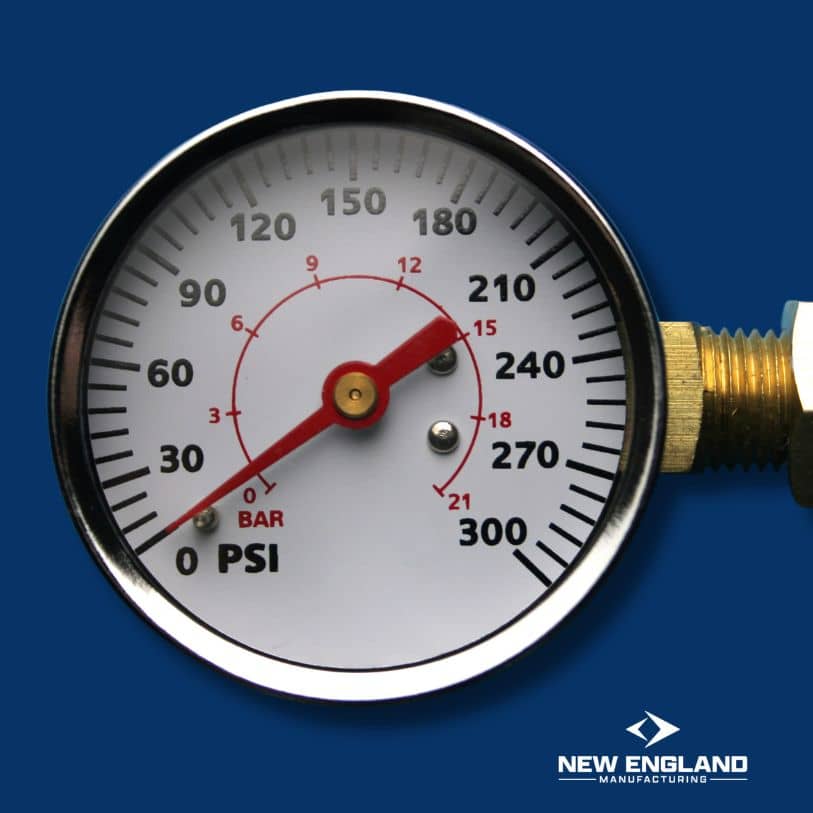Flow Accuracy: Navigating Water Test Equipment Issues
In the realm of water flow testing, precision is key. However, like any technical field, it encounters its fair share of challenges. Today, we’re diving into some common problems associated with water flow test equipment, a crucial aspect for numerous industries, from civil engineering to environmental studies. These tests are vital for ensuring safe, efficient, and reliable water systems, yet they’re not without their pitfalls. Understanding these issues is essential for professionals and enthusiasts alike, as it empowers them to conduct more accurate and reliable tests. This knowledge can lead to better maintenance, improved design, and ultimately, superior water management practices.
Accuracy Issues in Flow Test Speed Measurements
When it comes to water flow test equipment, accuracy is paramount. But, how often do we encounter accuracy issues in flow test speed measurements? More often than you might think. Factors like sensor calibration, environmental conditions, and even the age of the equipment play a significant role. An inaccurate flow test speed reading can lead to incorrect assessments of a water system’s performance, possibly causing inefficiencies or even safety hazards. It’s crucial to regularly calibrate equipment and understand the factors that may influence accuracy to mitigate these risks.
Equipment Wear and Tear Impacting Flow Test Speed
The second hurdle in the world of water flow testing is the inevitable wear and tear of the equipment. Over time, components like sensors, valves, and pipes can degrade. This degradation can have a direct impact on the flow test speed, leading to less reliable results. Regular maintenance and timely replacement of worn-out parts are critical. However, this often comes with a cost challenge, especially for smaller operations. It’s a delicate balance between equipment upkeep and budget management, but one that can’t be ignored for the sake of reliable and accurate testing.
Environmental Challenges Affecting Flow Test Speed
Lastly, we must consider the environmental challenges. Water flow test equipment is often exposed to various environmental factors – temperature fluctuations, humidity, and even the chemical composition of the water being tested. These factors can significantly affect the flow test speed readings. For example, higher temperatures can change the viscosity of the water, leading to different flow characteristics. Being aware of these environmental impacts and adjusting testing procedures accordingly is essential for obtaining accurate and consistent results.
Complexity and User-Friendly Issues
Moving on, another significant concern is the complexity of water flow test equipment and its user-friendliness – or lack thereof. Often, these devices are designed with a level of sophistication that requires specialized training. This complexity can be a barrier for new operators, who may struggle to accurately measure flow test speed without extensive experience. This leads to a higher risk of human error, potentially skewing test results. To tackle this, more intuitive interfaces and comprehensive training programs are essential. Simplifying the equipment operation without compromising its effectiveness can be a challenging but necessary step towards better, more accessible water flow testing.
Data Management and Interpretation Challenges
The fifth point of discussion revolves around data management and interpretation. Modern water flow test equipment generates a vast amount of data, especially concerning flow test speed. However, the challenge lies not just in collecting this data, but in storing, managing, and accurately interpreting it. Without proper data management systems, valuable insights could be lost or misinterpreted. Organizations must invest in robust data analysis tools and skilled personnel to ensure that the data collected is translated into meaningful, actionable information.
Cost and Accessibility of Advanced Equipment
Lastly, we must address the elephant in the room – cost and accessibility. Advanced water flow test equipment, capable of delivering high-precision flow test speed measurements, often comes with a hefty price tag. This poses a significant challenge for smaller entities or underfunded departments, limiting their access to top-tier technology. Consequently, they may have to rely on older or less advanced equipment, which can compromise the accuracy and reliability of their testing. Finding a balance between affordability and quality is key, and this might involve seeking funding, grants, or considering shared-resource arrangements with other organizations.
Conclusion
In conclusion, while water flow test equipment plays a critical role in various industries, it’s not without its challenges. From accuracy issues, wear and tear, and environmental factors to the complexity of the equipment, data management hurdles, and cost barriers, professionals face a myriad of obstacles. However, by acknowledging these problems and actively seeking solutions – whether through technological advancements, improved training, better data management, or funding strategies – we can enhance the reliability and precision of water flow testing. Ultimately, overcoming these challenges is not just about improving a process; it’s about ensuring safer, more efficient water management for everyone.
Read More:
Fire pump testing equipments

Mark R.
With a strong foundation in industrial safety and fire protection systems, Mark R. specializes in creating clear, technical, and compliance-driven content. Writing for SafeTech Reports, he covers topics such as fire hydrant testing, PPE protocols, emergency procedures, and smart technology integration in safety systems. His work ensures that professionals stay informed on the latest regulations, best practices, and emerging trends in safety and infrastructure maintenance.
Get in touch
We usually respond within 24 hours
Need Reliable Water Flow Test Equipment?
For over 70 years, New England Manufacturing has been the trusted source for fire hydrant and water flow testing kits. From pitot gauge kits to custom test kits, we provide precision, durability, and expert calibration to meet your needs.
- Custom-built test kits
- High-quality pressure gauges
- Reliable calibration services


